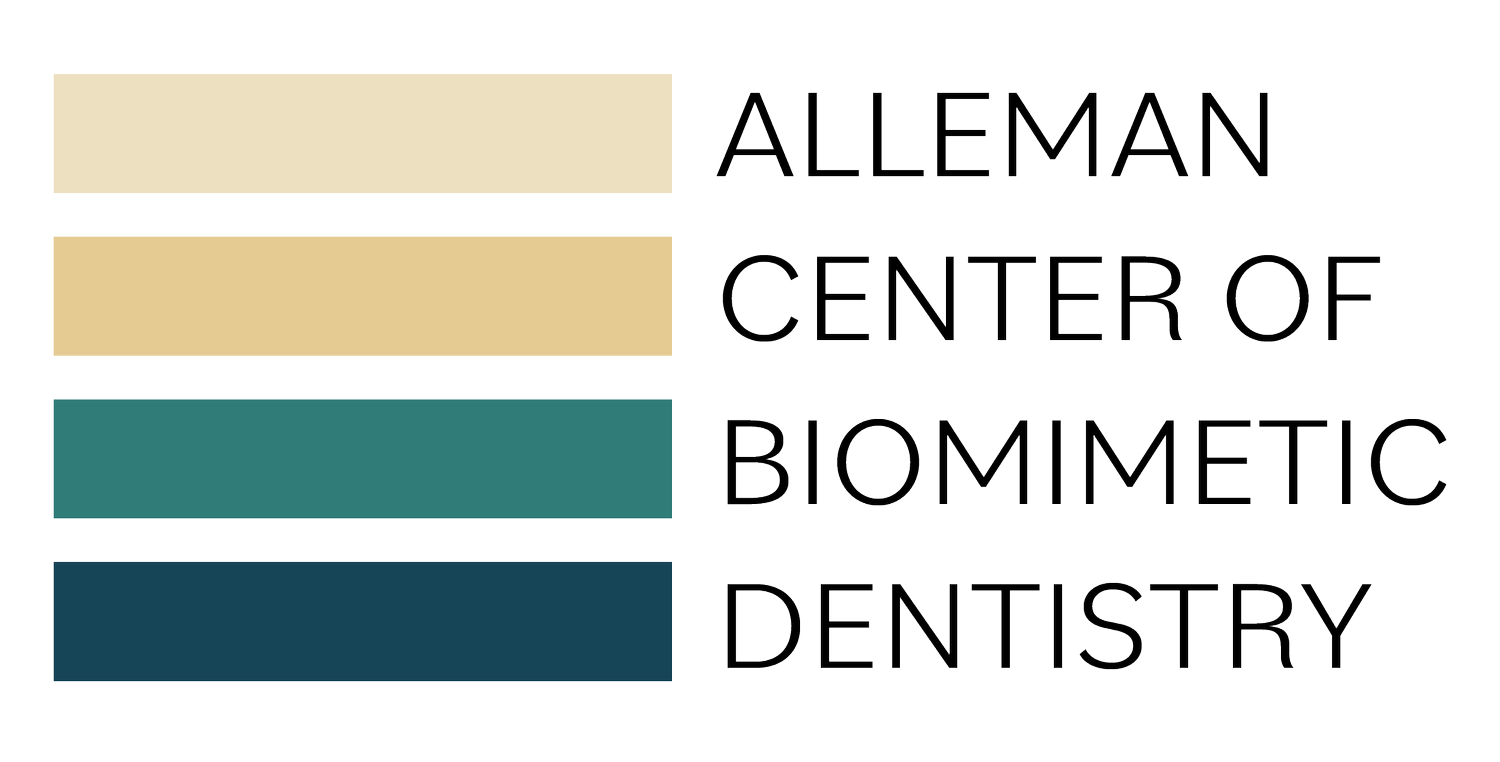Alleman Center Articles
Read Alleman Center articles to learn more about biomimetic restorative dentistry.
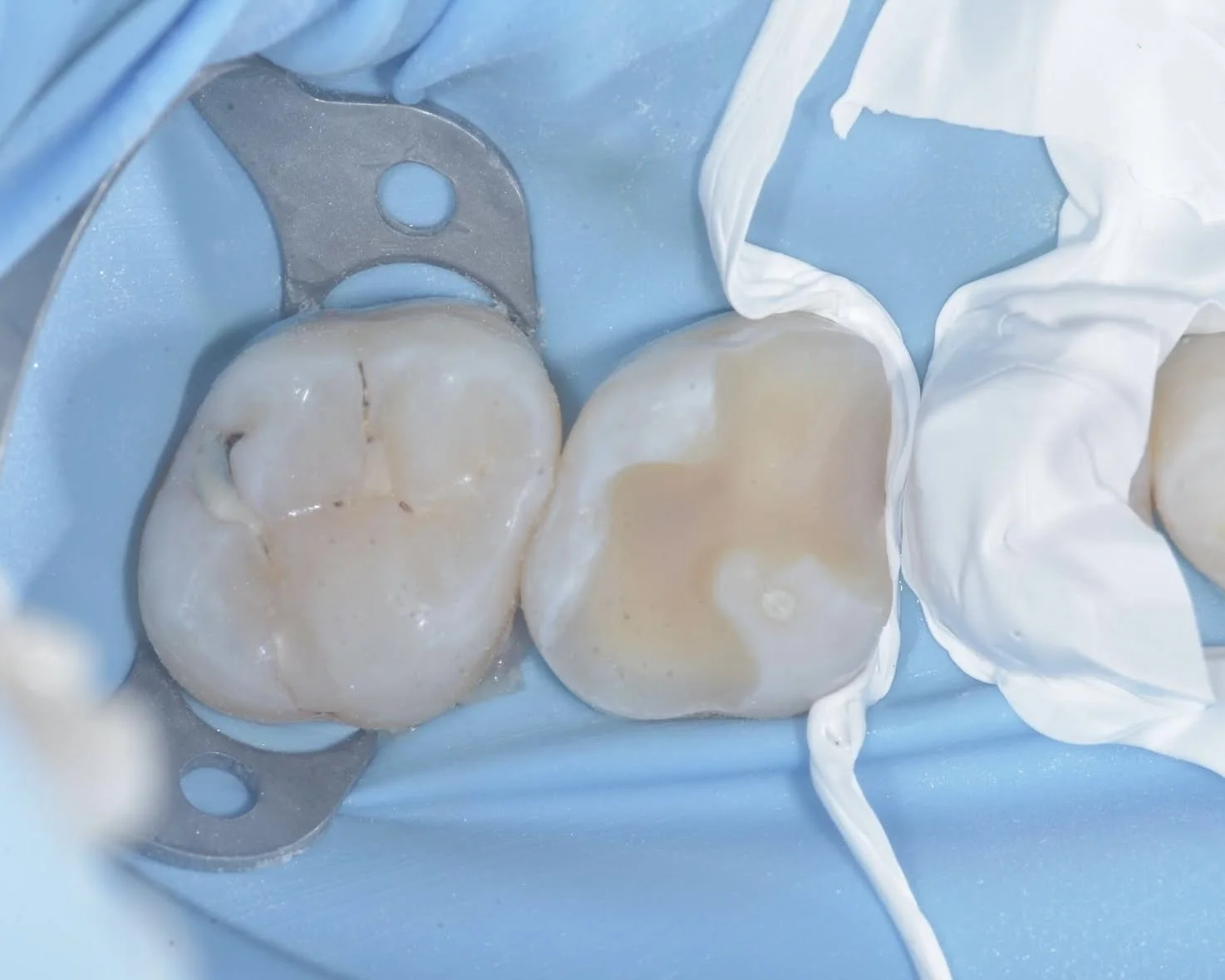
Rubber Dam Isolation for Improved Dental Bonding
Isolation with a rubber dam isn’t just for Instagram. Isolating your bonding field is essential for predictably treating pathologies and creating long-term bonds in an adhesive restoration. While many practitioners learn isolation in dental school, few continue the practice once they are treating patients in-office for a variety of reasons. Patients complain about the dam, placing the dam takes extra time or they lack confidence to place a dam on the first try. Read below for why isolation is so important and tips for practitioners, whether you are just starting to incorporate isolation into your practice or you want ways to improve your technique.
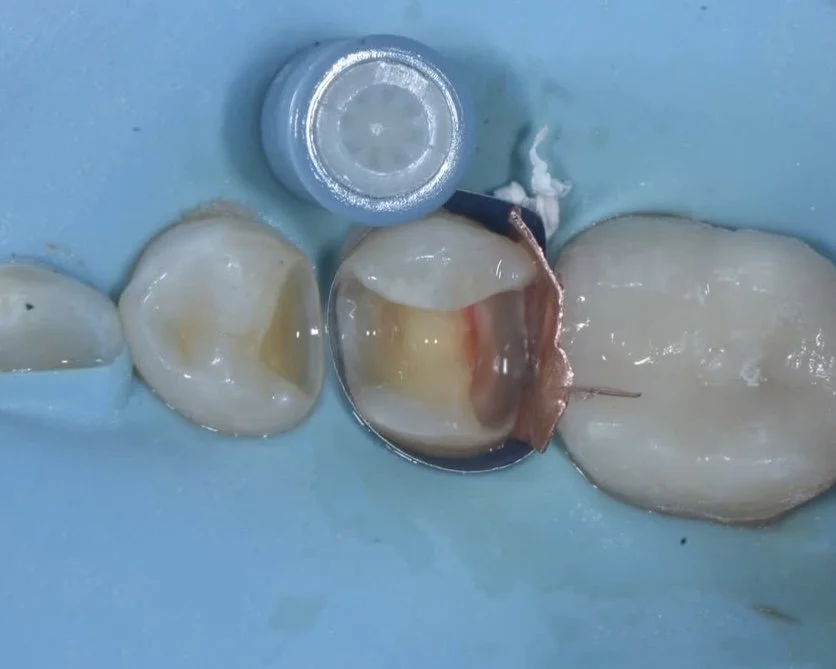
Dentin Restoration: How to Trust Your Bond to Dentin
Despite adhesive dentistry entering its fifth decade, many practitioners today still experience frustrations with debonded restorations, fractured cusps and post-operative sensitivity. Is adhesive dentistry really any better than retention form?
Dr. David Alleman experienced these same frustrations when he first incorporated adhesive dentistry into his practice over 25 years ago. Through a five-year literature review, he developed a set of protocols that improved outcomes for adhesive restorations and created bonds to dentin that have lasted over 20 years and counting.
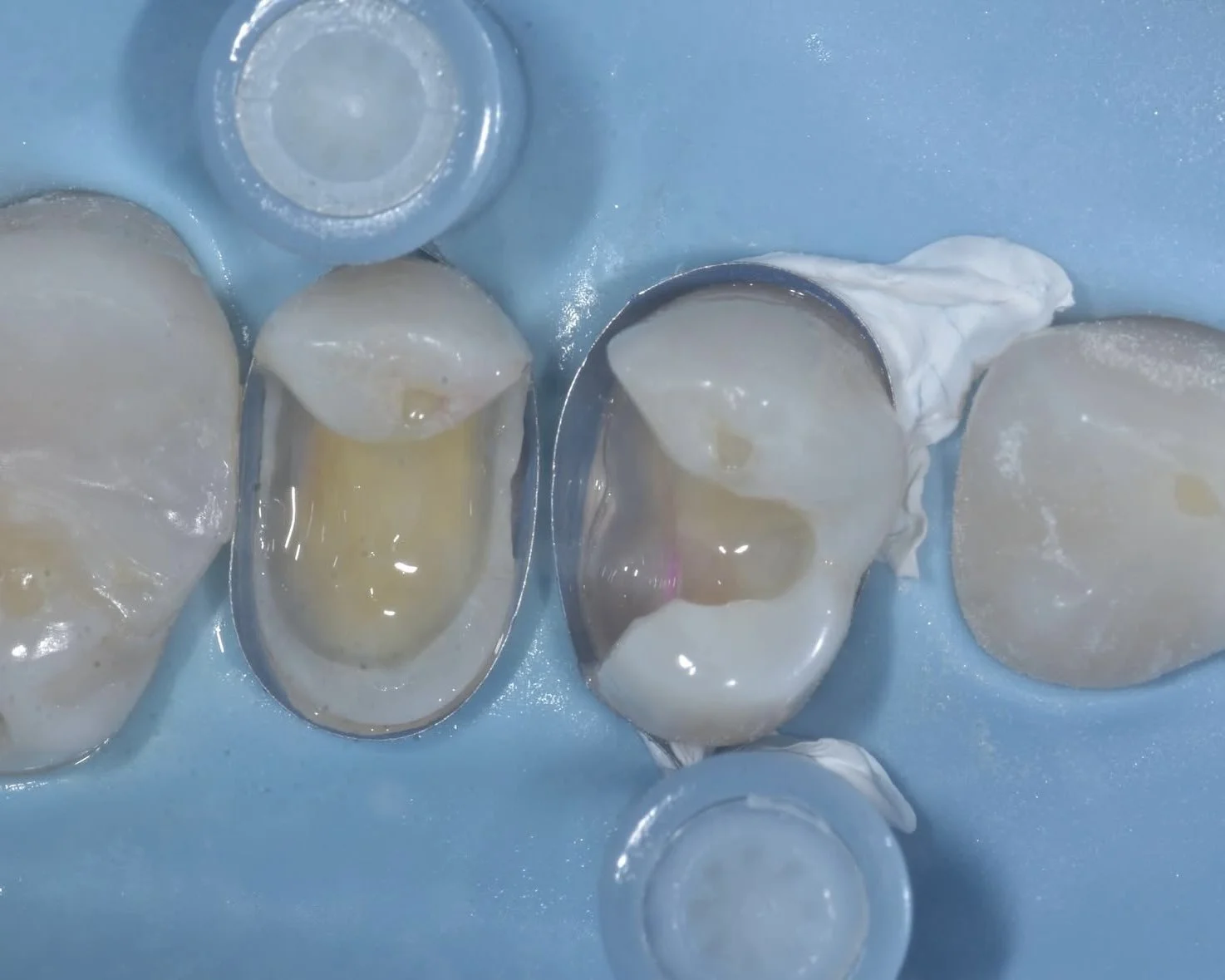
Caries Removal Endpoints (CREs)
Dr. David Alleman and Dr. Pascal Magne outlined caries removal endpoints (CREs) in their 2012 paper on the peripheral seal zone concept. That paper established innovative protocols for treating deep caries for adhesive restorations without exposing the pulp. Establishing consistent caries removal endpoints gives practitioners increased predictability and confidence when creating a bonding field for their adhesive restoration.

Predictable Caries Removal with the Six Lessons Approach
As new materials and techniques are developed through dental research, the biggest hurdle is often replicating those findings in practice. Operator inconsistency is one of the leading causes of poor dental treatment outcomes, which means finding ways to increase predictability in every step of a restoration is key to achieving consistent restorative outcomes.

Stress-Reduced Direct Composite Restorations (SRDC)
Dr. David Alleman and Dr. Simone Deliperi pioneered the stress-reduced direct composite technique, publishing “Stress-reducing protocol for direct composite restorations in minimally invasive cavity preparations” in 2009. Stress-reduced direct composite restorations are especially beneficial for deep defects, structurally compromised teeth and endodontically treated teeth because the protocols minimize polymerization stress while creating strong bonds that support the remaining tooth structure.

How to Choose an Enamel Replacement
“What do you use for your enamel replacement?” is one of the most common questions we hear at the Alleman Center. While this is a common question, it is actually one of the least important factors when determining the long-term success of a restoration. In this article, read more on how to pick an enamel replacement that benefits the tooth’s long-term function while creating a restorative foundation that protects the tooth’s vitality, allowing your enamel replacement to last for decades.

Central Stop Zone (CSZ) in Dentistry: Protecting Pulp Vitality
The central stop zone identifies the limit of caries removal or crack removal when treating pathologies in the tooth. By using peripheral seal zone measurements, practitioners can stop removal before entering the central stop zone, effectively eliminating pulp exposures. While some incipient pathologies will not approach the central stop zone, this gives clear guidelines for deeper defects for caries removal endpoints (CRE) and crack removal endpoints (CrRE).

The Peripheral Seal Zone Concept (PSZ) for Restorative Dentistry
The peripheral seal zone is the two millimeters of dentin inside the dentin-enamel junction. Defined in the 2012 article by Dr. David Alleman and Dr. Pascal Magne, A systematic approach to deep caries removal end points: the peripheral seal concept in adhesive dentistry, this area helps practitioners identify the dentin bonding field for adhesive dentistry while preventing pulp exposures. The peripheral seal zone concept guides predictable caries removal endpoints and crack removal endpoints to increase bond strength, reduce restoration stresses and protect the tooth’s vitality.

Conservative Alternatives to Crown Lengthening Surgery
Advances in adhesive dentistry offer a number of treatment alternatives to crown lengthening surgery. While some cases will still require a surgical approach, being able to offer patients more conservative options that eliminate healing time and preserve healthy gum and bone structure is a logical first step to minimize the impact of dental treatment.

Resin Coating (RC)
Equally important as immediate dentin sealing, resin coating (RC) uses flowable composite to begin the bond to dentin without stressing the developing hybrid layer during polymerization. When done with the best materials and protocols, resin coating can increase the strength of a bond to dentin by 400%. This step creates the “secure bond” (Jayasooriya PR, Pereira PNR, Nikaido T, Tagami J. Efficacy of a Resin Coating on Bond Strengths of Resin Cement to Dentin. J Esthet Restor Dent 2003 15(2) 105-113) to dentin, which means any restorative failures happen above the bond, in the restorative material, rather than below the bond in healthy tooth structure.
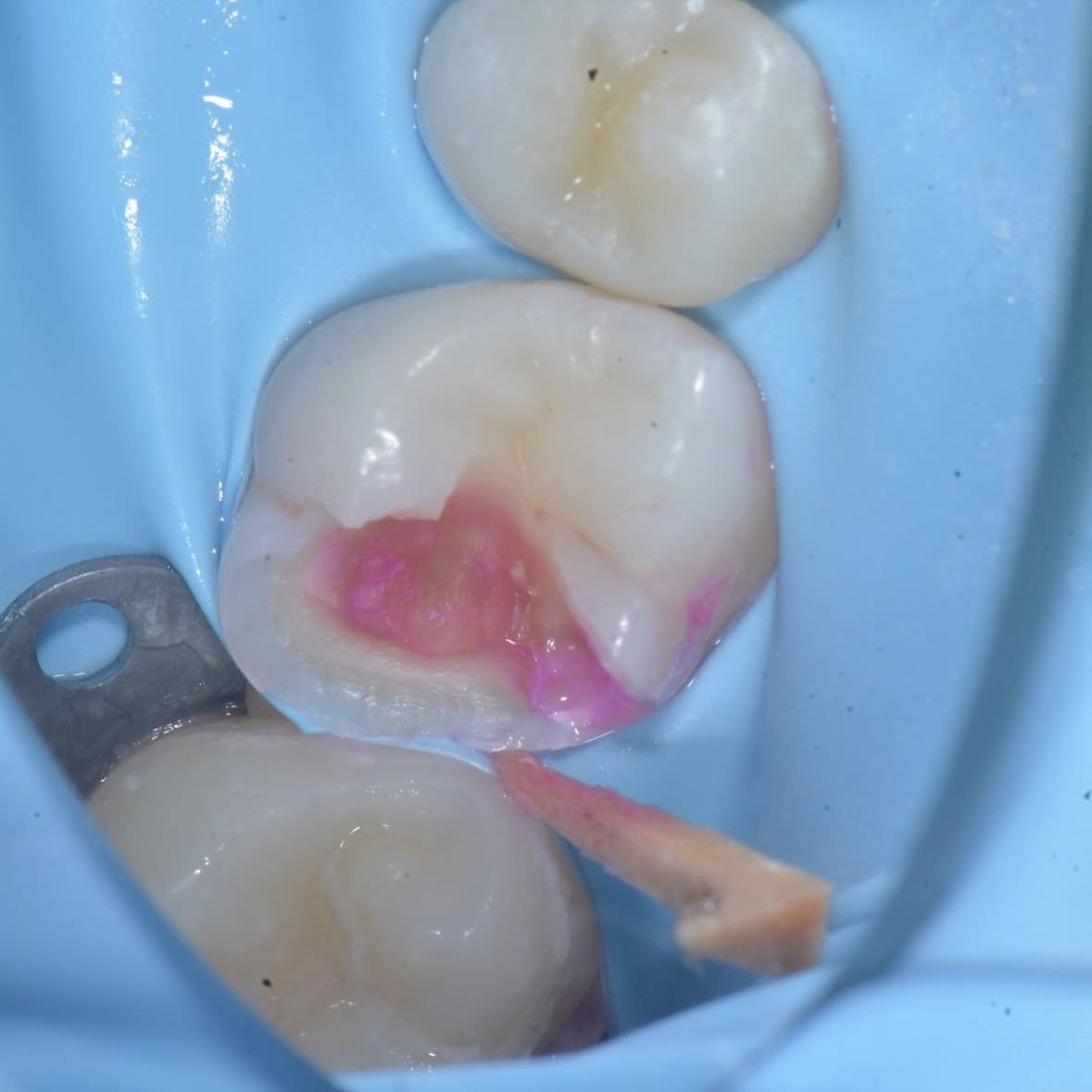
Caries Detector Dye (CDD): Increase Bond Strength and Protect the Pulp
Caries detector dye (CDD), also called caries indicator dye, is largely considered a teaching tool by dentists, but at the Alleman Center, we consider it essential to creating a long-lasting restoration. Dental students are encouraged to use caries detector dye to learn caries identification and then move to a tactile approach (using an explorer). While a tactile approach can identify soft dentin that has been degraded by the bacteria, precise treatment that is consistent between providers requires the use of caries detector dye. Dentists of all levels should be using caries detector dye with every case they treat. When creating his Six Lessons Approach, Dr. David Alleman found using caries detector dye to be the only way to achieve results that were reproducible with every case.

Benefits of Air Abrasion for Restorative Dentistry
Air particle abrasion, also called air abrasion, is a tool used by a range of industries from manufacturing to dentistry. Particles are blown at high speed to clean, remove layers of material and roughen surfaces, among other uses. This tool has been in use since the 1950s and has been studied in recent decades for its benefits to bond strength with the development of adhesive dentistry (Sattabanasuk V, et al. Resin adhesion to caries-affected dentine after different removal methods. Australian Dental Journal. 2006;51(2) 162-169).

Immediate Dentin Sealing (IDS)
Immediate dentin sealing uses the dental bonding system to seal exposed dentin. If using a gold standard adhesive with the Six Lessons Approach protocols, doctors can achieve a biomimetic bond, similar to the strength at which a tooth is bonded to itself (30-50 MPa). This is the first step in creating a biobase, the dentin replacement, of a biomimetic restoration.

Dental Primers vs Dental Adhesives
Dental primers and dental adhesives are often marketed as the ultimate solution for adhesive restorations, but as with any material on the market, understanding the research behind these materials and the best techniques for their use is key to long-term restorative success.
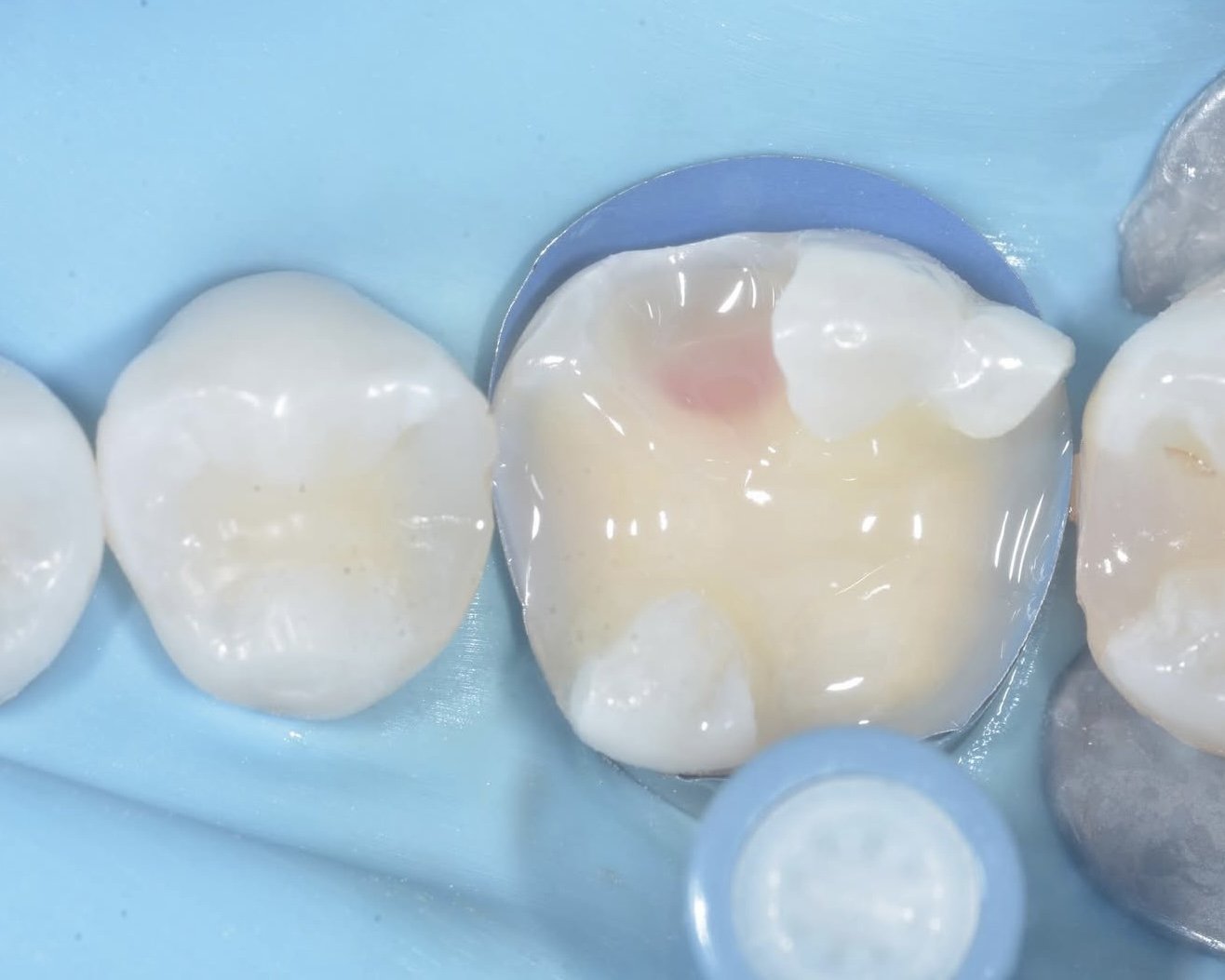
Decoupling with Time (DWT)
Where the Hierarchy of Bondability clarifies one of the challenges of adhesive dentistry, Decoupling with Time offers the solution. Another concept developed by Dr. David Alleman during his research into advanced adhesive dentistry and his Six Lessons Approach to Biomimetic Restorative Dentistry, Decoupling with Time overcomes the Hierarchy of Bondability by giving slow maturing bonds a head start before increasing the polymerization stress. This improves marginal integrity.

The Hybrid Layer (HL) - The Essential Bond in Restorative Dentistry
While immediate dentin sealing is an increasingly recognized technique in restorative dentistry, discussion of the resulting hybrid layer is often neglected. Yet the hybrid layer is the most essential parts of an adhesive restoration. Without a hybrid layer, exposed dentin leaves restorations susceptible to redecay, crack initiation and post-operative sensitivity, but with predictable bonding and hybrid layer formation, restorations have been shown to stay bonded and symptom-free for decades.

What is C-Factor?
Configuration factor, also called C-factor, is most simply described as the ratio of bonded to unbonded surfaces. While this definition is taught in dental school, few dentists are equipped to mitigate C-factor stresses in their dental restorations. Understanding and reducing C-factor stresses is essential to a restoration that stays bonded long-term, and techniques for overcoming these stresses are part of Lesson 4 of Dr. David Alleman’s Six Lessons Approach to Biomimetic Restorative Dentistry.
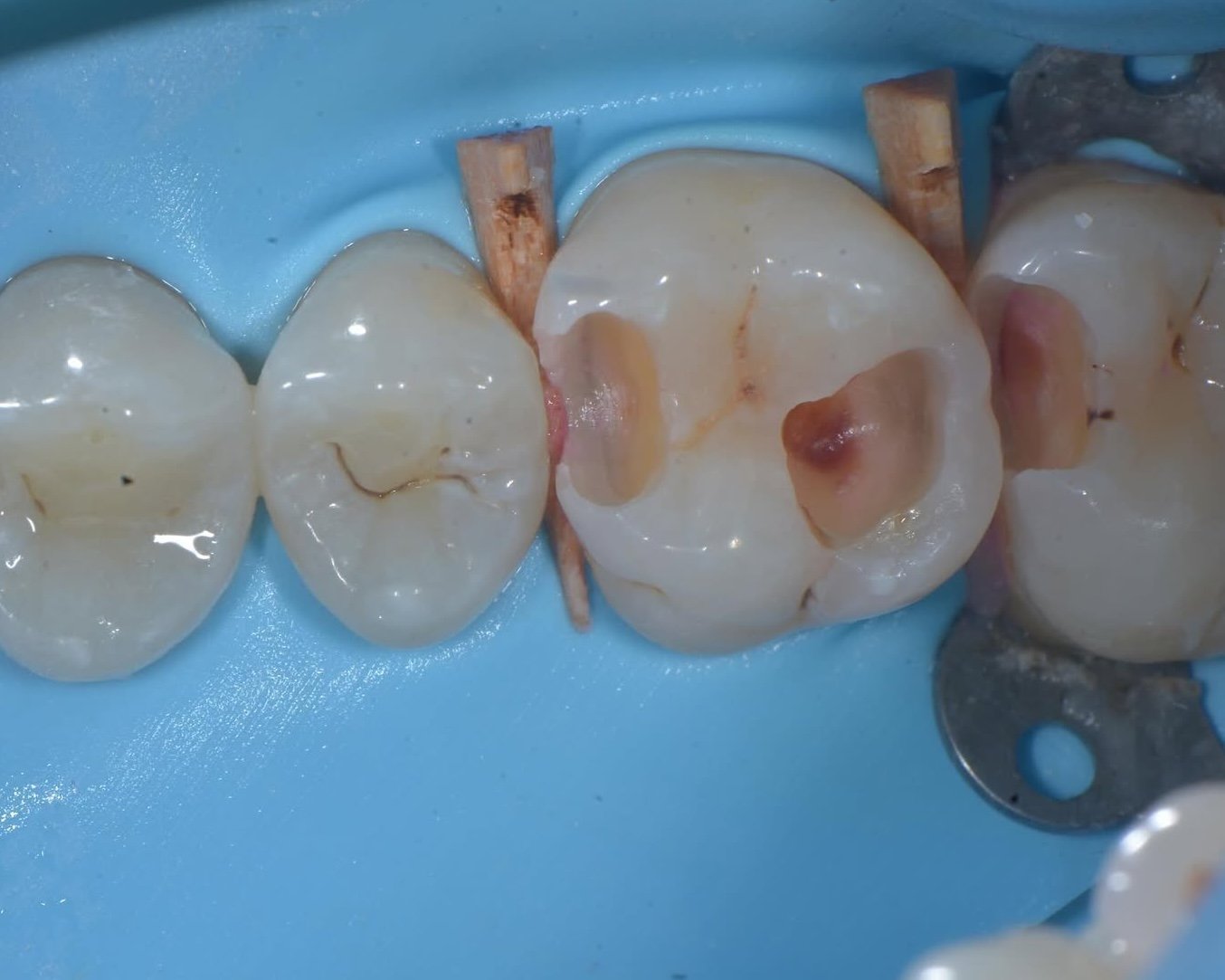
The Hierarchy of Bondability (HOB)
A common misconception of composite shrinkage is that composite moves towards the light source when polymerizing, but it has instead been shown (Cho BH, Et al. Effect of interfacial bond quality on the direction of polymerization shrinkage flow in resin composite restorations. Oper Dent, 2002, 27, 297-304) that composites shrink towards the most highly bondable surface. While the outcome is often the same in restorative dentistry — gaps under a restoration — understanding why the gap occurs there helped Dr. David Alleman develop his concept of the Hierarchy of Bondability and eliminate gap formation.

Margin Leakage in Restorative Dentistry
Marginal leakage around composite restorations and traditional crowns is not only a cosmetic concern, but a pathological concern as well. Staining around margins shows the gap between a tooth and the restorative material, which allows bacteria to enter under the restoration and fails to support the surrounding tooth structure, increasing a tooth’s risk of cuspal fracture from vertical and horizontal cracks. Biomimetic dentistry uses immediate dentin sealing and resin coating to create a margin smaller than a bacteria, mimicking the strength of the dentin-enamel junction and eliminating leaking margins while protecting the tooth’s health long-term

Lesson 3: Immediate Dentin Sealing (IDS) and Resin Coating (RC)
When researching techniques to reduce post operative sensitivity for his patients, Dr. David Alleman identified immediate dentin sealing and resin coating as key factors in a long-term, asymptomatic bond. These techniques are the basis of Lesson 3 of his Six Lessons Approach to Biomimetic Restorative Dentistry, a complete set of protocols that doctors can use to predictably restore teeth using advanced adhesive principles.
